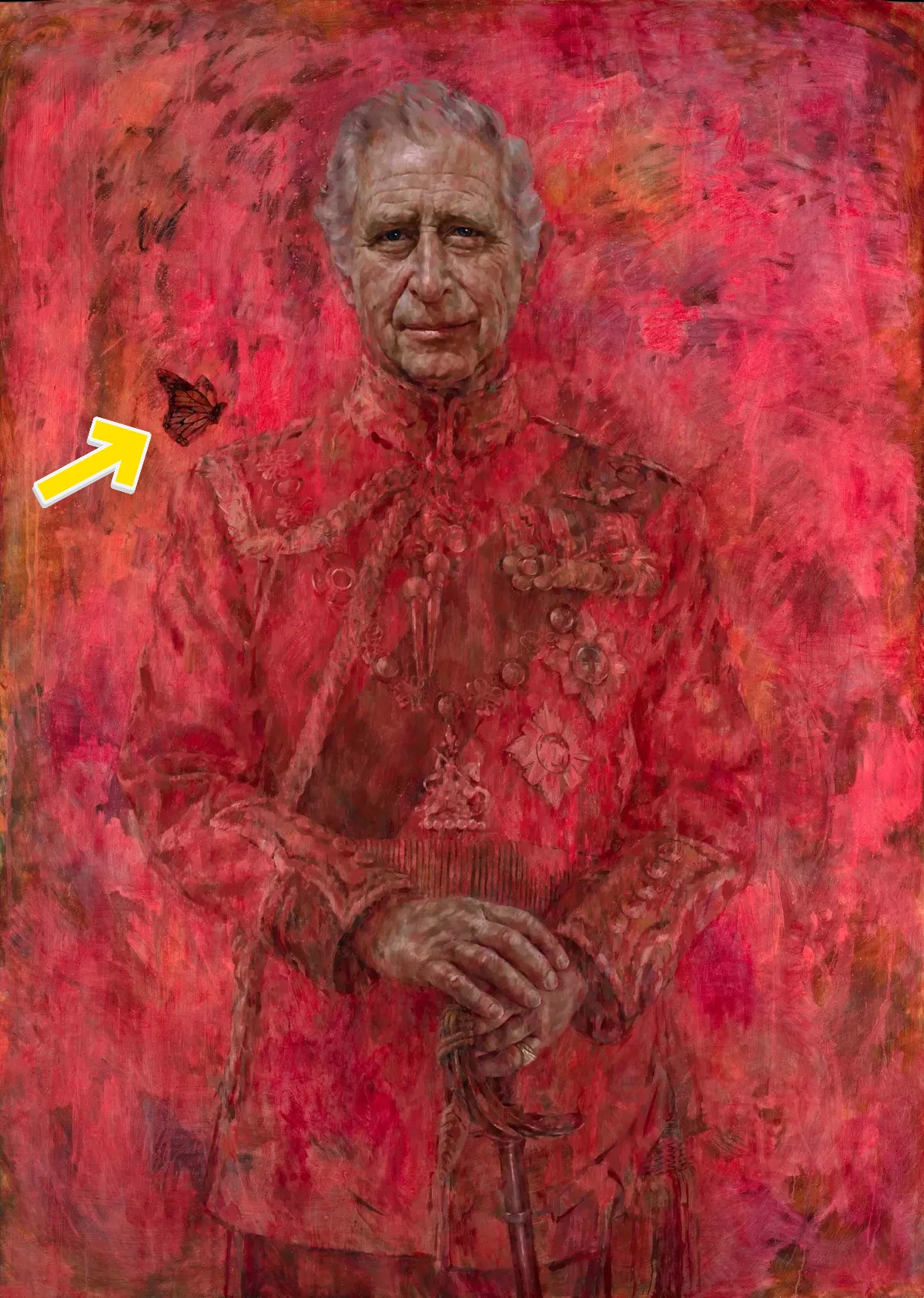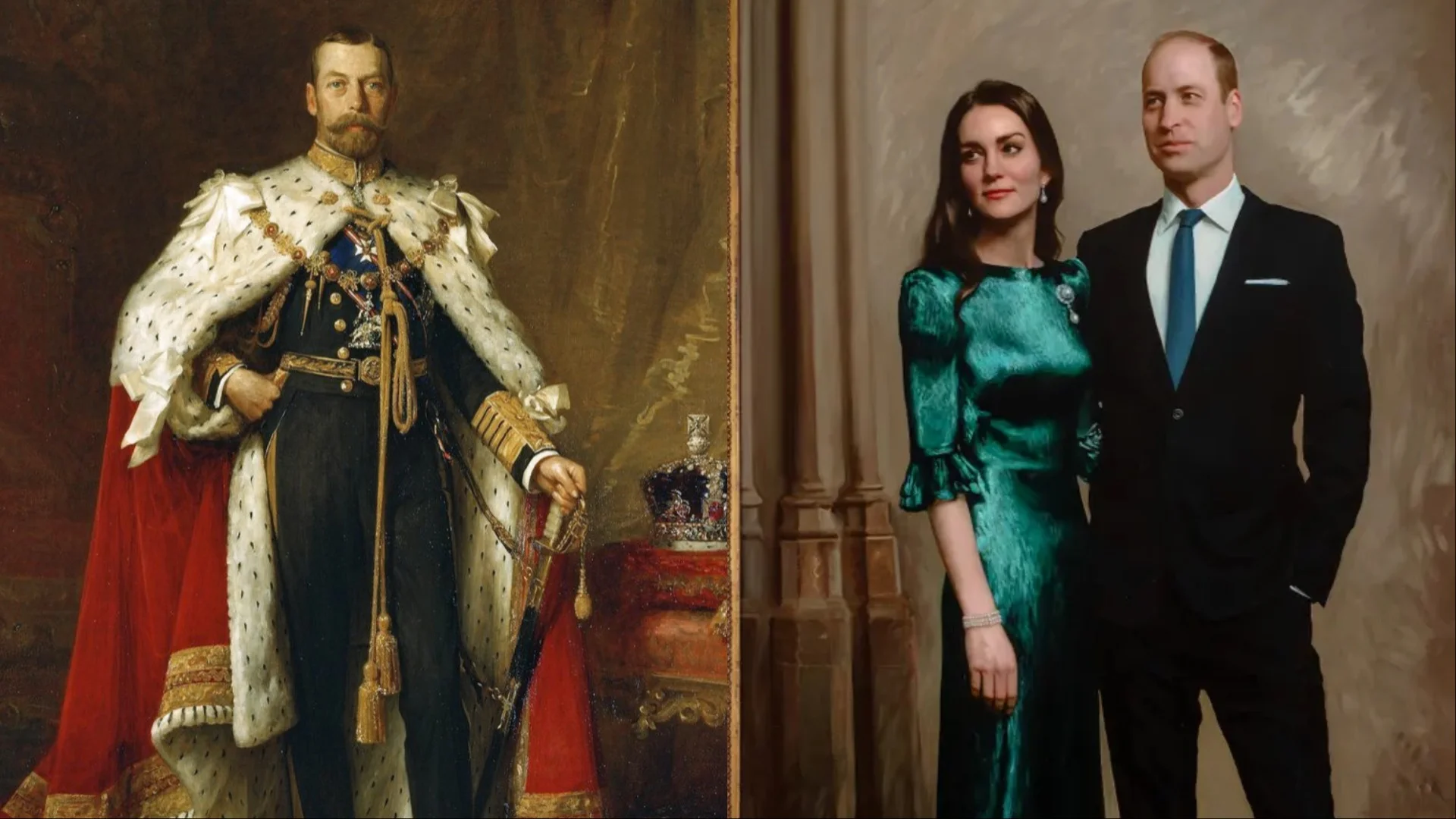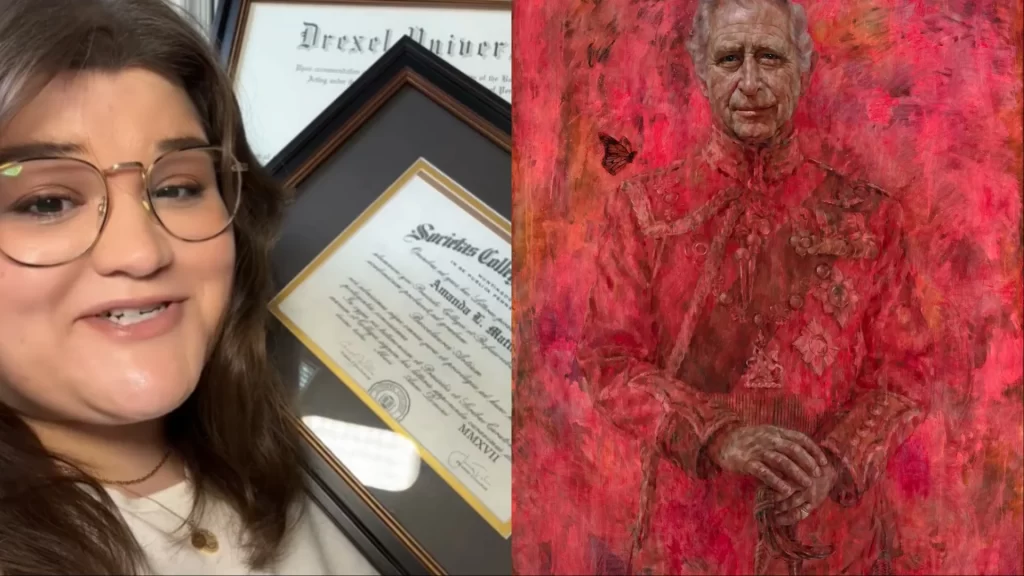In a recent TikTok video, Amanda Matta (matta_of_fact), shared her thoughts on the newly unveiled official portrait of King Charles. As a well-known and trusted Royal historian, Matta dusted off her art history degrees to offer a detailed critique of the portrait, which was painted by British artist Jonathan Yeo.
A Contemporary Portrait
The portrait in question is the first completed image of King Charles since his coronation. Painted by Jonathan Yeo over four separate sittings beginning in 2021, the king himself was present for each session. Matta emphasizes that Charles knew exactly what the final product would look like and approved it.
Art Historical Perspective
Approaching the portrait from an art historian’s viewpoint, Matta describes it as a “very contemporary portrait of King Charles III” with notable symbolism. Three key elements immediately stood out to her:
- The Color: Described as “abrasive,” Matta expresses significant concern over the portrait’s color. Despite her appreciation for contemporary portraiture, she finds the vibrant red troubling. The color choice does not align with the traditional purpose of a royal portrait, which is to convey a specific message about the monarch and their reign. Historically, royal portraits have depicted monarchs in stately poses, symbolizing power and authority. The bold red in King Charles’ portrait, however, detracts from this objective.
- Military Uniform: Charles is depicted in the formal military uniform of the regimental Colonel of the Welsh Guards, a title he has held since 1975. This choice connects to his long tenure as the Prince of Wales.
- The Butterfly: In art history, butterflies symbolize rebirth due to their metamorphic life cycle. Yeo’s inclusion of a butterfly on Charles’ shoulder hints at his transition from prince to king and his interest in environmental issues. According to Yeo, Charles himself suggested the butterfly to symbolize his kindness and gentleness.

Comparisons and Criticism
Matta draws comparisons to other royal portraits, noting that traditional images, like those of King Charles’ great-grandfather George V, communicate strength and authority. Even more modern portraits, like those of Prince William and Kate as the Prince and Princess of Wales, balance regalness with approachability.

She critiques the red color as unsympathetic and recalls unfavorable comparisons to scenes from movies like “The Shining” and “Ghostbusters.” To illustrate alternatives, Matta experimented with different colors: green for environmental themes, blue for a sympathetic tone, and yellow for a happier feel. However, she found none satisfactory, noting that yellow made Charles look like King Midas, which clashes with efforts to dispel perceptions of the monarchy’s extravagance.
@matta_of_fact Let’s use my #arthistory degree today and talk about the controversial new #royal portriat of #KingCharles 🫣🖼️ #royalfamily #britishroyalfamily #royals #royalportrait #royaltea #royalnews #britishroyals #charlesandcamilla #queenelizabeth #royalgossip #royalexpert #arthistorian king charles portrait portrait of king charles worst royal portraits #greenscreenvideo #greenscreen
Historical Context and Reception
Matta points out that unfavorable royal portraits are not unprecedented. Queen Elizabeth II faced similarly unflattering depictions during her reign. She cites a portrait by Lucian Freud that failed to convey the intended message of strength and capability. Conversely, she acknowledges that royal portraits can succeed in contemporary styles, highlighting Jonathan Yeo’s previous works of the Duke of Edinburgh and Camilla, Duchess of Cornwall.
